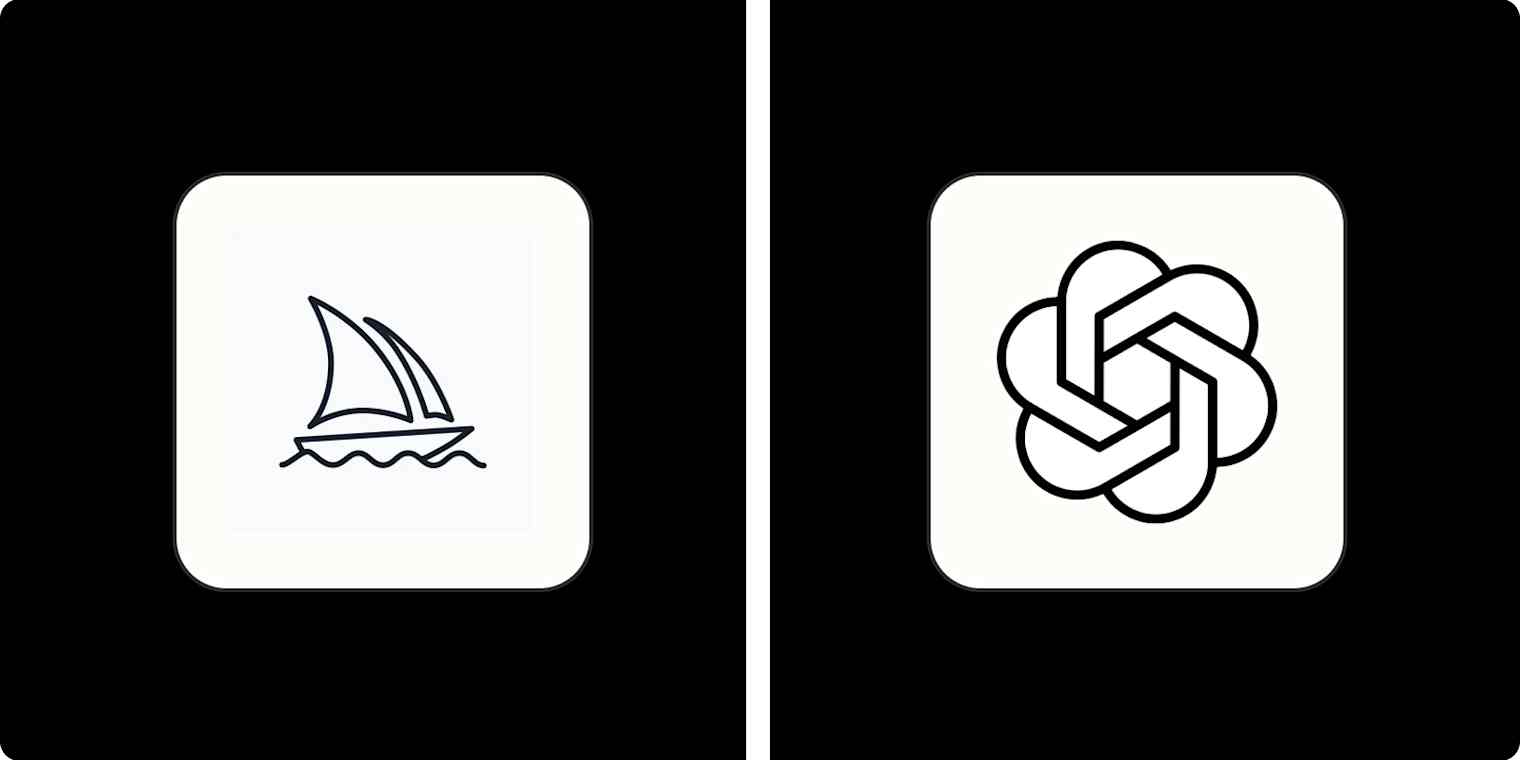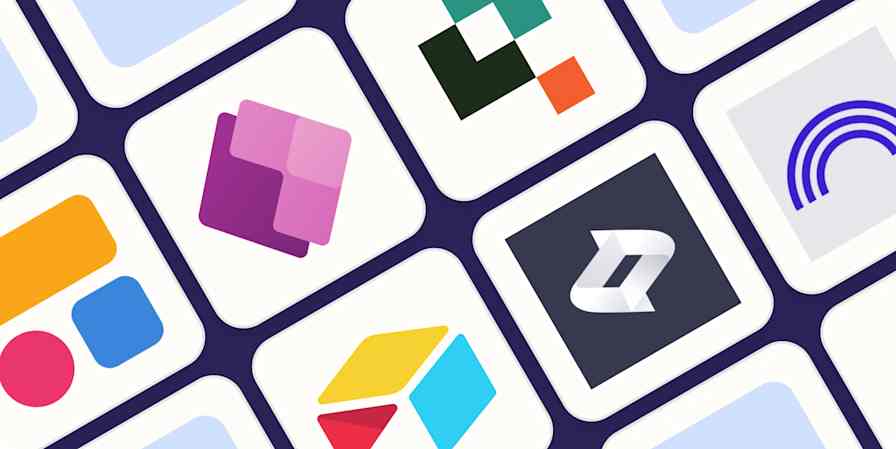App comparisons
9 min readMidjourney vs. DALL·E 3: Which image generator is better? [2025]
By Harry Guinness · October 1, 2024

Get productivity tips delivered straight to your inbox
We’ll email you 1-3 times per week—and never share your information.
mentioned apps
Related articles
Improve your productivity automatically. Use Zapier to get your apps working together.







